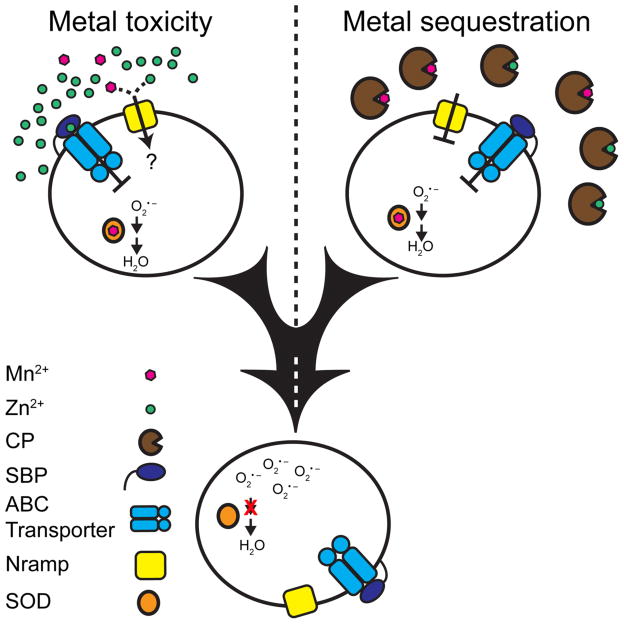Figure 1. The two routes for host-mediated manganese starvation.
Cartoon representation of how the host imposes Mn starvation. The top left shows Mn2+ and Zn2+ competing with each other for the SBP of a Mn2+-specific ABC permease mismetallated by a Zn2+ ion. This competition inhibits the ABC transporter function and leads to Mn starvation in organisms that only express an ABC type Mn2+- acquisition system. Top right shows calprotectin sequestering and removing Mn and Zn from the local environment, starving the bacteria for these metals. The bottom shows the impact of Mn deprivation on a model bacterial cell. This starvation inactivates Mn-dependent superoxide dismutases resulting in increased sensitivity to oxidative stress. The two arrows indicate the two steps involved in detoxifying superoxide, the conversion to hydrogen peroxide by superoxide dismutase and subsequent conversion to water by other cellular factors. The red X indicates inactivation of the first step in this process during Mn starvation. This starvation also inactivates other unidentified essential bacterial processes as well. Inactivation of these processes may be mediated by a reduction in absolute intracellular metal levels or by altered metal ratios that lead to increased metalloprotein mismetallation.

